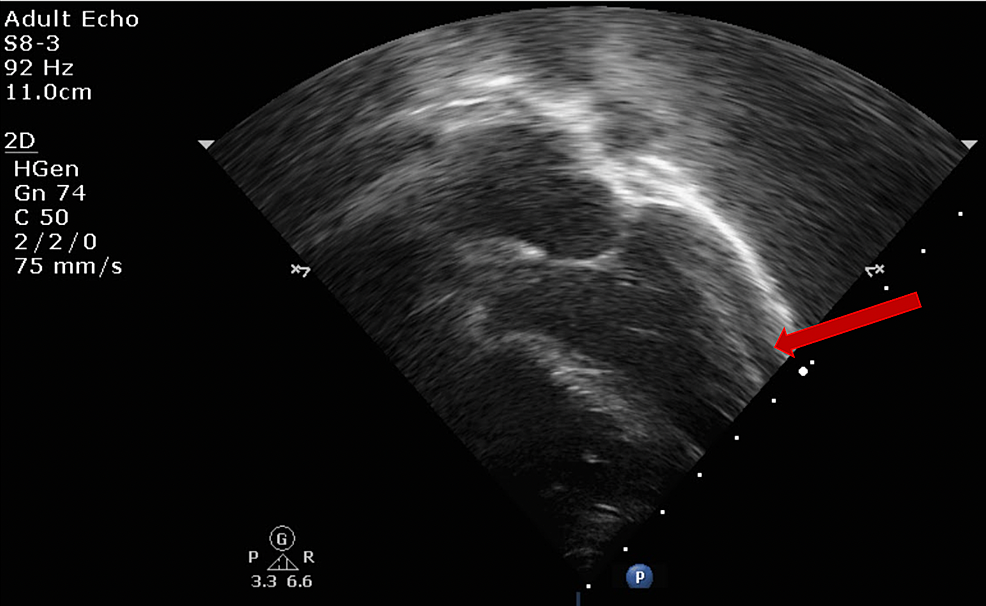

Blood around the heart is known as hemopericardium. It is also possible for blood to fill the sac during or after trauma, surgery, or complications of other heart procedures. But where does this excess fluid come from? Often, when the heart experiences inflammation (known as pericarditis) extra fluid releases and collects within the sac. Excess fluid around the heart is known as a pericardial effusion. This is produced by the sac around the heart and is an important part of normal heart functioning. There is normally a small amount of fluid around the heart (small pericardial effusion). Follow Dr Ahmed on Twitter does Excess Fluid Around the Heart Develop? Now our authors are keeping readers up to date with cutting edge heart disease information through twitter. I’ll use the terms fluid around the heart and pericardial effusion interchangeably throughout this article so you become familiar with the terms.Īt we’ve helped millions of people through our articles and answers. This fluid around the heart is known as pericardial fluid and basically acts as a lubricant to allow the heart to pump and turn with minimal friction. Inside the sac there is normally a small amount of fluid evenly spread in a thin layer around the whole heart. The purpose of this sac is to protect the heart from the structures that surround it. 2017 Jul 19(7):57.The heart has a sac around it called the pericardium. Pericardial effusion and cardiac tamponade in the new millennium. The development of a pericardial effusion often has important implications for the diagnosis and/or prognosis of the underlying disease.

Very large (>25 mm) usually indicates >700 mL pericardial fluid. Small (20 mm), corresponding to >500 mL pericardial fluid American Society of Echocardiography clinical recommendations for multimodality cardiovascular imaging of patients with pericardial disease: endorsed by the Society for Cardiovascular Magnetic Resonance and Society of Cardiovascular Computed Tomography. 2015 ESC guidelines on the diagnosis and management of pericardial diseases. The size of the effusion on echocardiography indicates the volume of pericardial fluid as follows: Hoit BD. Size based on a simple semiquantitative echocardiographic assessment. Hemodynamic impact (cardiac tamponade or no cardiac tamponade)Ĭomposition (serous fluid, blood, rarely air, or gas from bacterial infections) Prevalence increased with age, from 3 months])ĭistribution (circumferential or loculated) Prevalence and correlates of posterior extra echocardiographic spaces in a free-living population based sample (the Framingham study). Epidemiologyĭata from the Framingham cohort suggest that pericardial effusion may be present in up to 6.5% of the general adult population. The significance of effusions lies in their relationship to an underlying disease state and in their potential to affect a patient's hemodynamics. It may be detected incidentally on a cardiac or chest imaging study, or manifest on the background of a cardiac or systemic disease. In the clinical setting, pericardial effusion is relatively common. Pericardial effusion is present when the fluid in the pericardial space exceeds its physiologic amount (≤50 mL).


 0 kommentar(er)
0 kommentar(er)
